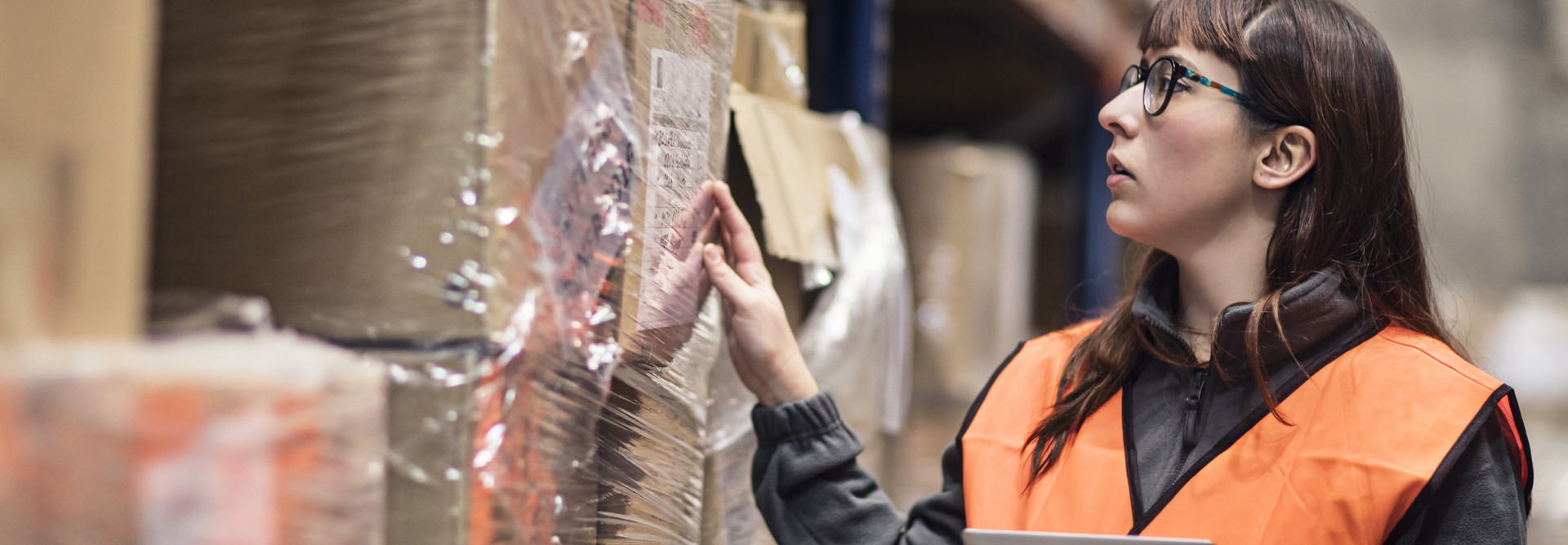Inventory Information Has No Room for Error
When it comes to retail analytics, “pretty good” just isn’t good enough. Even a handful of problems can cost retailers millions of dollars in lost sales, wasted labor and customer dissatisfaction.
“Stores which have limited intelligence on the location and quantity of stock at the individual item level cannot expect to adequately serve their customers or successfully execute a competitive omnichannel retail strategy,” Nick Finill, senior analyst at ABI Research, said in an ABI press release on the report.
In an anonymous case study outlined in its “Improving On-Shelf Availability in Grocery” report, Market6 points to a grocery retailer that loses $2.3 million in annual sales due to stockouts of soft drinks alone. Soft drinks represent more than 27 percent of its total sales portfolio, and nearly 70 percent of stockouts at the retailer are in the soft drink category.
“The out-of-stock problem is alarming not only because of the immediate financial impact but also for its potential to contribute to a loss of product halos,” the report notes. “For example, in this case, the sales of salty snacks could be negatively impacted.
“Loss of market share at the product or store level is also a real possibility as customers gravitate to products that are in stock or stores that are carrying their favorite brands,” the report continues. “In other cases, customers could try other in-stock brands that may even be priced lower. Clearly, the magnitude of the problem (and other risk factors) is large enough to begin analyzing causal effects immediately.”
Stores Must Improve Inventory Accuracy
While the negative impacts of inventory issues are alarming, the technology now exists to dramatically improve inventory systems, even to approach 100 percent inventory accuracy. These solutions include artificial intelligence tools and radio frequency identification technology.
RFID tagging is particularly helpful for fashion retailers, who can expect to increase annual revenues by at least 3 percent after deploying the technology, according to the ABI Research report.
The ABI report states that a clothing store with annual sales of slightly less than $6 million can achieve a 44 percent ROI during the first year of an RFID initiative, with returns of more than 200 percent in the third year.
“The digitization of retail operations,” ABI Research writes, “can increase the traditional norm of 65% inventory accuracy generally applied to brick and mortar retail to over 98% in most cases, if technology is employed in the right way.”
Finill added, “In order to remain competitive with e-commerce retailers and other brick and mortar rivals, physical stores will soon be adopting IoT and AI-enabled inventory tools as the standard, rather than the exception.”












